Why are noise solutions crucial for BESS?
As a rapidly growing part of the renewable energy market, battery energy storage systems (BESS) bring unique acoustic challenges.
Demonstrated experience is invaluable and the Trinity team have worked on multiple largescale BESS projects in Australia and overseas.
We have supported a wide range of clients with proposed or existing sites to develop solutions for their unique projects.
We cover all stages of the project lifecycle, from concept to detailed design and commissioning. We also address problems with existing BESS units.
What are our noise mitigation solutions?
Trinity has delivered BESS noise solutions for large-scale solar farm developments in Australia and the US, with typically 200 or more containers and capacity ranging from 250 to 1600MW.
Our mitigation strategies include a variety of the below, customised to each individual project’s requirements. Please contact us for a list of prior projects.
- Noise barriers
- Reorientation of BESS units to leverage directivity
- Acoustic enclosures and louvre
- Adjusting cooling fan speed of chillers of BESS
- Collaborating with manufacturers to alter fan design or incorporate factory-designed acoustic louvres
- Rescheduling charge and discharge periods to minimise noise during peak hours
- Relocation of BESS units
Why Choose Trinity
- Demonstrated local and international experience on multiple large-scale BESS projects
- Practical, effective and compliant solutions
- Large fleet of equipment with remote access and real-time capabilities
Trinity capabilities
At Trinity, we offer comprehensive acoustic solutions for battery energy storage solutions.
Pre-development approval
- Visit proposed sites to conduct in-situ noise measurements
- Build acoustics test data
- Determine noise criteria and sensitive receptors
- Conduct noise impact assessment
Post-development approval
- Conduct detailed assessment
- Optimise noise perfomance
- Collate data, including operational data
Software modelling
- Build 3D computer model of site and surrounding area
- Simulate noise sources in 3D and predict noise propoagation, based on ISO 9613 or Concawe
- Use a range of specialist software including CadnaA and SoundPLAN
- Input data includes meteorological conditions, noise source, sound power levels, terrain contours, site layout and storage system (cluster or array)
- Assess, identify and rank diverse operational noise sources
- Simulate operational noise control options, providing a lower cost means of considering different controls
- Simulate short-term construction noise impact, including offsite and onsite activitie
Construction stage
- Conduct remote, online noise monitoring
- Track and analyse noise levels in real-time
Ongoing operations
- Conduct periodic noise monitoring as part of site maintenance or compliance with planning conditions
- Assist with noise complaints to identify, analyse and address sources
How we work
Our Trinity noise engineers collaborate with developers and diverse project stakeholders to deliver customised solutions for each unique environment.
Engaging our team early in the project enables us to investigate an acoustically optimal layout of your BESS units. It also allows us to recommend mitigation strategies to optimise the operations of the BESS units.
Talk to us today.



